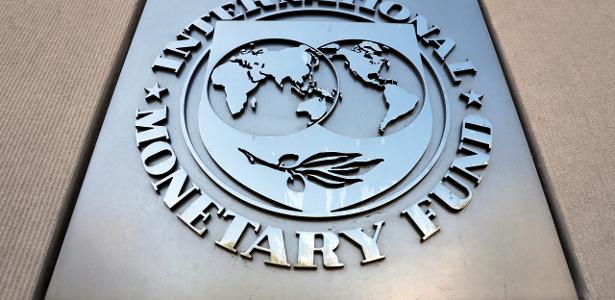The International Monetary Fund says the war in Ukraine cuts global growth and is in the interest of Brazil
3 min read

The war in Ukraine, which was amplified by the economic sanctions imposed on Russia by the United States and its NATO allies (North Atlantic Treaty Organization), He led the International Monetary Fund (IMF) to make a significant cut in its forecast for global economic growth in 2022 and beyond. In its latest Global Economic Prospects report, the quarterly publication released this Tuesday (19), the International Monetary Fund expects a global economic expansion of 3.6%, a decrease of 0.8 percentage points compared to its January growth forecast of 4.4% for January. economies as a whole.
In the framework set by the International Monetary Fund to support the new forecast, two factors come together. The first is the rise in international prices of energy and food commodities. This rise in prices negatively affects demand and economic activity in importing countries.
The other factor is the logistical problems that arise from the disruptions caused by the epidemic, which lead to the shortage of supplies in the production chains, and the contracting of the supply of manufactured goods, which is reinforced by the Chinese policy of zero Covid-19, which makes the adoption of shutdowns more frequent and strict.
Both contribute to slowing growth in economies around the world and to intensifying inflationary pressures in most countries.
These same items A two-way effect on the Brazilian economy. A rise in commodities, in the IMF’s estimation, will have positive net effects on economic activity, and at the same time, it will add to the current inflationary pressures.
In the new IMF forecast, the Brazilian economy will grow 0.8% in 2022, well above the 0.3% growth forecast released in January, but nearly half of what was projected in the October 2021 report. Modest expansion, below expectations for the rest of the world Even for Latin America.
An acceleration of the expected growth rate will not be sufficient, for example, to absorb an encouraging volume of idle labor and fill idle production capacity. Slightly higher growth will be accompanied by a pickup in inflation, which will reach 8.2% in 2022, above the 7.5% that Brazilian analysts still expect, while unemployment will hold up in the 13% range of the labor force.
Brazil occupies a prominent position at the top of the list of the largest exporters of food commodities (as well as oil and minerals), and in this direction has benefited from higher prices. Sales of Brazilian agribusiness abroad, in March, for example, recorded a record 30% increase compared to March 2021.
On the other side of the coin of higher commodity prices are inflationary pressures, derived directly from international increases in grain and oil prices, but also from internal causes, such as Petrobras’ pricing policy, linked to external prices and the dollar. In addition, the lack of stockpile policies and regulation of food markets and the disintegration of the support structure for family farming have a negative impact on inflation rates. Estimates that the central bank will raise the nominal interest rate above 13% in 2022 – while keeping it at around 7% in real terms – is helping to limit the positive impact of a commodity rally.
The International Monetary Fund has lowered its 2022 growth forecast for most countries from its January forecast. For the United States, IMF economists cut their economic growth estimate by 0.3 percentage point to 3.7%. In the case of China, the cut was 0.4 points, raising expectations of an expansion of activity to 4.4 points.
The biggest negative impact was, for understandable reasons, with Russia. From the IMF’s point of view, the Russian economy is expected to fall by 8.5% this year, pushing inflation above 20% this year and still falling by another 2.3% in 2023.
Few countries, with the exception of Brazil, have improved expectations in the April report compared to the January figures. Such was the case with the IMF’s forecast for Latin America and the Caribbean, which is now for average regional growth of 2.5% in 2022, 0.1 point higher than forecast in January. Countries in poor sub-Saharan Africa will also grow 0.1 point above previous estimates, an increase of 3.8% this year.
It is no coincidence, and to show the weight given to the issue of oil and gas supplies, that Saudi Arabia will achieve the highest growth in 2002 for a country by the International Monetary Fund, compared to expectations at the beginning of the year. According to forecasts by the International Monetary Fund, the Saudi economy, one of the largest producers and exporters of oil, will grow by 7.6% in 2022, 2.8 points higher than the estimate in January.

“Devoted food specialist. General alcohol fanatic. Amateur explorer. Infuriatingly humble social media scholar. Analyst.”
